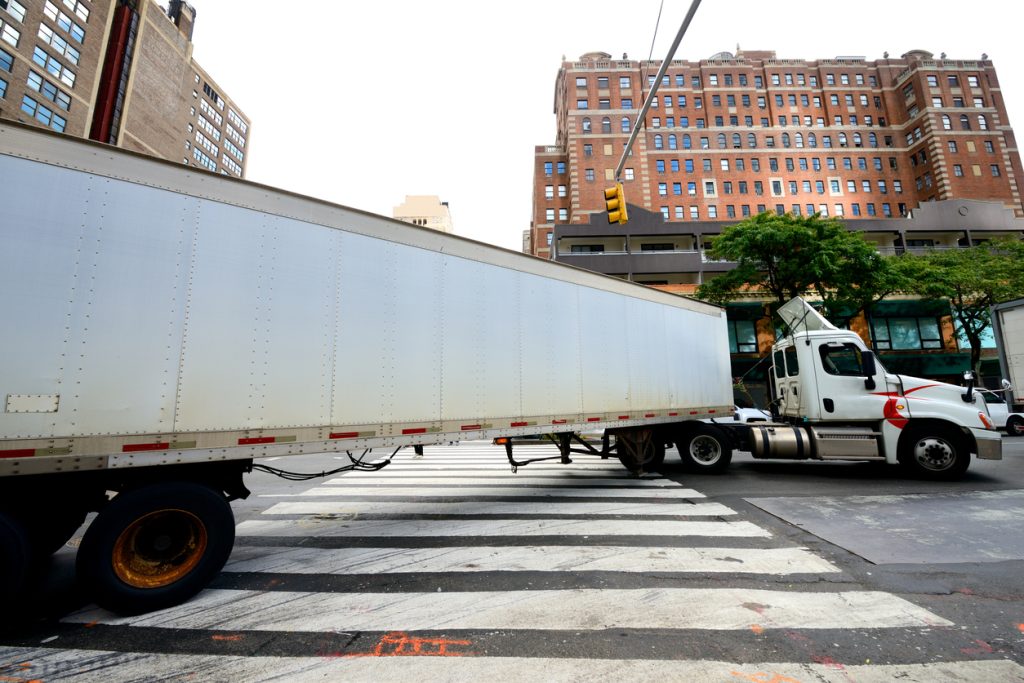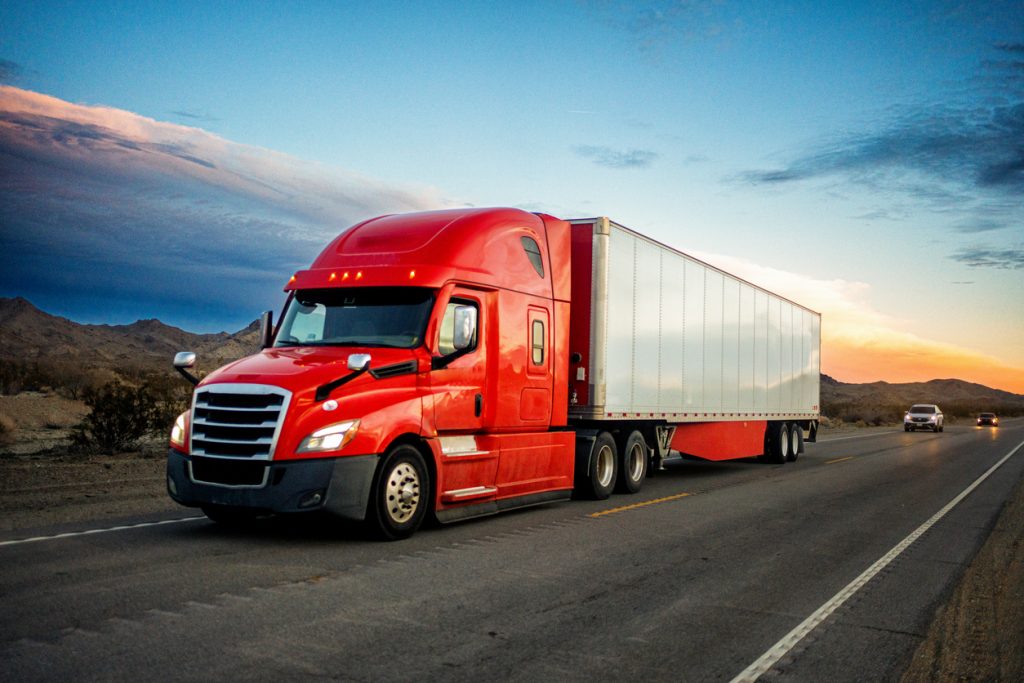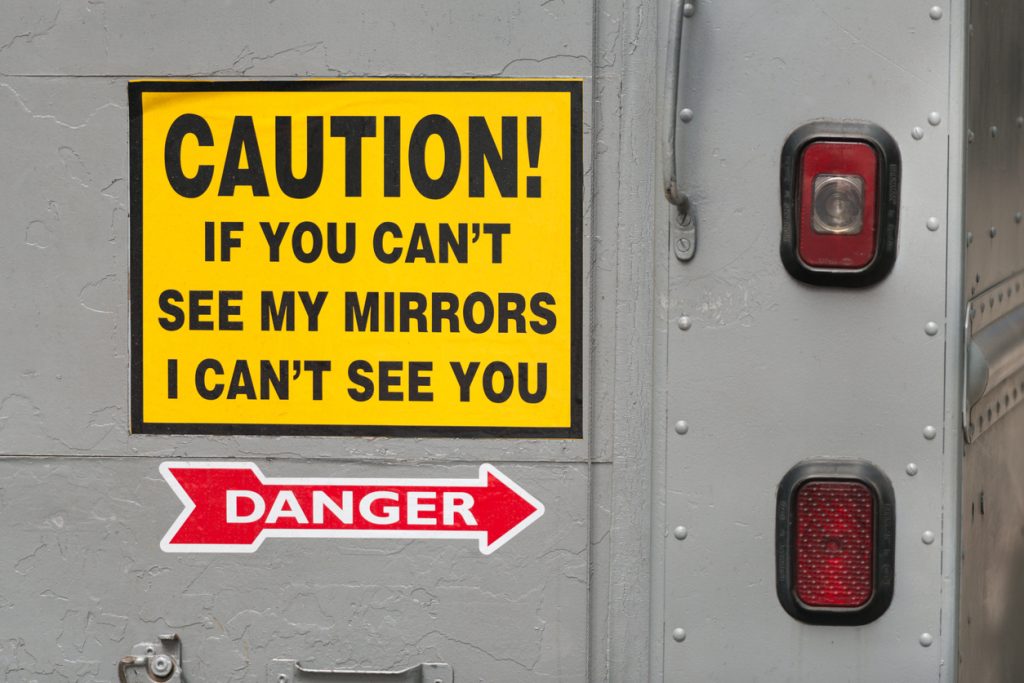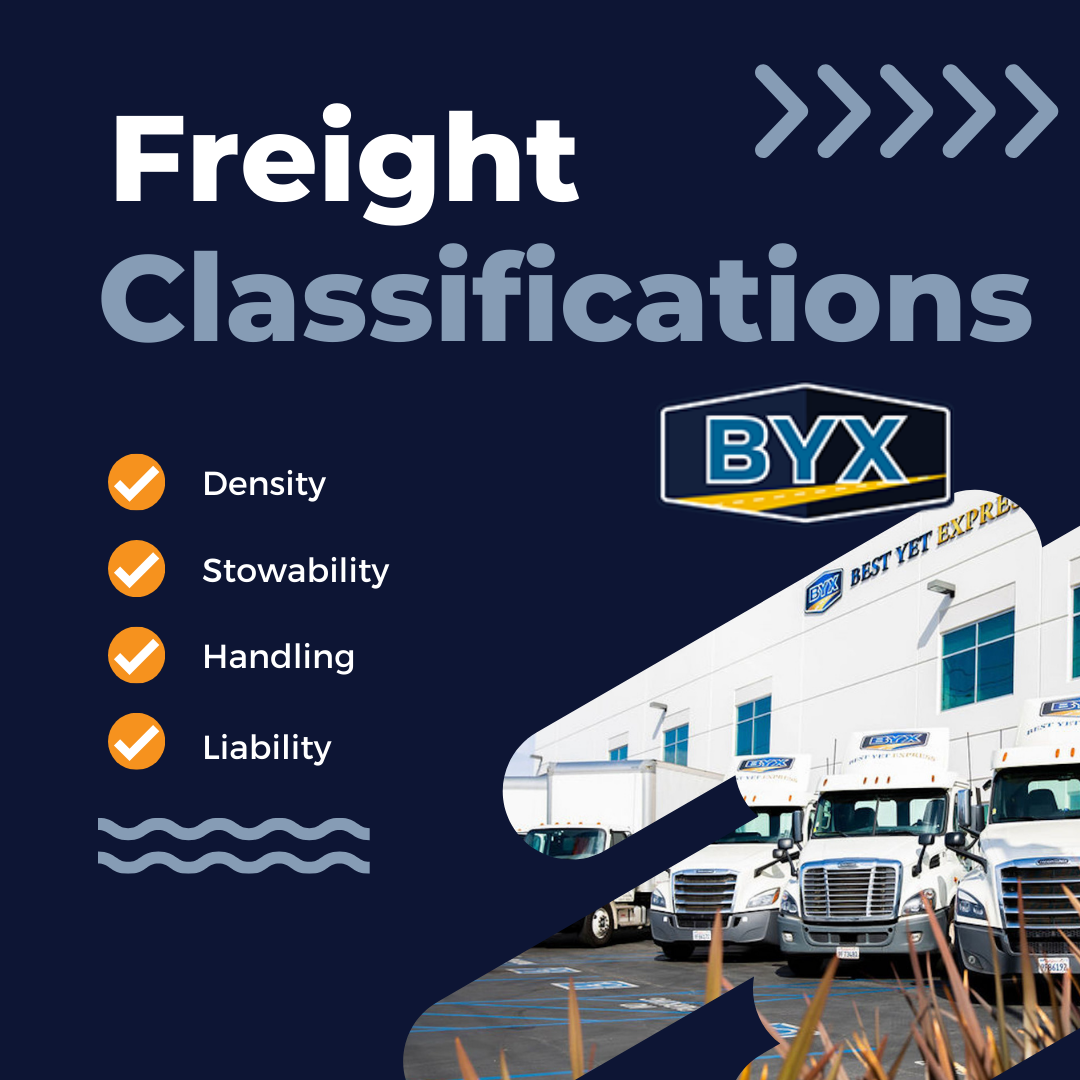Being a truck driver might sound easy, but it’s harder than you think. Long hours on the road are only half the battle. Weighing up to 80,000 pounds, trucks can do far more damage in an accident than passenger vehicles can. Truck driver rules are enforced to minimize the risks associated with driving a massive semi.
Some of the rules, particularly those about sleep and speed, are tempting to break. Doing so, however, could lead to fines, lawsuits, or worse. Would you make it as a truck driver? If you can follow the rules below, which all apply in the state of California, you might want to switch careers, because you’d make an amazing driver.
Truck drivers need qualifications beyond that of regular drivers
A class C license, the type required for operating a regular passenger vehicle, won’t cut it for drivers who need to operate a tractor-trailer or a large box truck. Drivers have to get a CDL, or commercial driver’s license, on top of their regular driver’s license.
In addition to passing a written and vision test, prospective truck drivers have to get a DMV-approved medical exam to ensure they don’t have any underlying conditions that might make it unsafe to operate a large vehicle. They also have to pass a skills test, unless they have a CDL from another state or from prior training in the military.
The stakes are higher when you’re operating a semi, so one of the truck driver rules addresses age. Drivers have to be 18 or older in California to acquire a CDL. Operating a commercial vehicle across state lines isn’t legal until you’re at least 21.
Tailgating and speeding aren’t options
If you’re one of those people who weave in and out of traffic to miraculously make it to work on time, trucking isn’t for you. Truck drivers can’t top 55 mph on California freeways. They also make a rule of leaving a seven-second gap between them and the vehicle in front of them.
During rush hour, this is a nightmare to maintain, but it’s non-negotiable. Trucks take much longer to stop than smaller vehicles, and a fender bender with a semi can be deadly.
Trucks also avoid changing lanes unless it’s absolutely necessary. They have large blind spots because of their sheer size, so lane changes have to be done with extreme caution.
Breaking laws is taken more seriously when you’re a truck driver, too. In terms of DUIs, the legal limit for most drivers is a blood alcohol concentration of 0.08. The limit for commercial vehicle operators is 0.04. Anyone CDL holder charged with a DUI will lose their license and face civil, even criminal, penalties.
They have to use a dedicated fuel pump

This isn’t so much a truck driver rule as it is common courtesy, but truck drivers always use a gas pump set away from the rest if one is available. If a dedicated fuel pump isn’t an option, truck drivers have to get gas in a hurry. One semi-truck can easily block half the gas pumps at a busy station, in addition to getting in the way of traffic. If another one shows up, they’re going to end up in a frustrating logjam. No lollygagging allowed.
If there’s a truck lane available, they’re required to use it
Ever noticed those “trucks only” lanes on the side of the freeway? If you’re a truck driver, those aren’t optional. Since trucks take up so much space and drive slower, using the allocated lanes helps to keep traffic moving smoothly. If no truck lane is available, they should keep to the far right. The second to the right is acceptable on a highway with four or more lanes. Soon-to-be-truckers, kiss the fast lane goodbye!
They’re responsible for maintaining their equipment
There are thousands of mechanical components under the hood of a large commercial vehicle that allow it to operate safely. Neglecting to inspect and maintain worn parts can result in potentially fatal consequences. Truck drivers are obligated to inspect their vehicles before, during, and after each trip. If they notice any problems, they’re required to make a written report and confirm that the problem is resolved before taking the vehicle on the road again.
They also have to check that cargo is secure once within the first 50 miles of driving. After an initial inspection, drivers have to re-check every 150 miles or every three hours, whichever comes first. Drivers also have to be more cautious about driving in inclement weather. Since they often get paid per mile, not per hour, slowing down isn’t fun. Guess what’s even less fun? Hydroplaning and taking out an entire lane of commuters. No, thanks.
Truck drivers legally have to take breaks
Rest stops on family road trips are more about bathroom breaks and stretching your legs than anything else. For truck drivers, rest isn’t optional. Drivers have hours-of-service laws to prevent drowsy driving.
For driving within the state of California, drivers:
- Can’t drive more than 12 hours after being off for at least 10 consecutive hours
- Must stop for at least 10 hours after 16 hours of work, even if the work is unrelated to driving
- Can’t drive commercially for more than 80 hours in an eight-day period
If they cross state lines, drivers:
- Can only be on duty for up to 14 consecutive hours, and only if they’ve had 10 consecutive hours off
- Can only be behind the wheel for 11 of those 14 hours
- Must take at least a 30-minute break if they’ve been driving for eight or more hours
These truck driver rules are tempting to ignore, particularly if drivers have a tight schedule to keep or need to make extra money. Ultimately, driving any vehicle is dangerous, and doing so while sleep-deprived isn’t worth the risk.
The most tedious truck driver rule? Keeping a detailed logbook
If taking notes wasn’t your cup of tea in high school, don’t become a truck driver. According to FSMCA (Federal Motor Carrier Safety Administration) rules, drivers must log where and when they stop, the frequency of their rest breaks, vehicle inspections, and more. Logs used to be done by hand, but electronic logging devices are now required.
The sad reason? It was too common for trucking companies to falsify logbooks to avoid penalties. Electronic logging devices leave an electronic trail that can’t be faked. Keeping logs can be a pain, but it keeps drivers accountable for practicing safe driving habits.
Well, what’ll it be? Are you ready to get a CDL and hop behind the wheel?
Until then, your cargo is safe in the capable hands of the drivers at BYX. If you haven’t shipped with us before, don’t forget to get a free estimate today!








